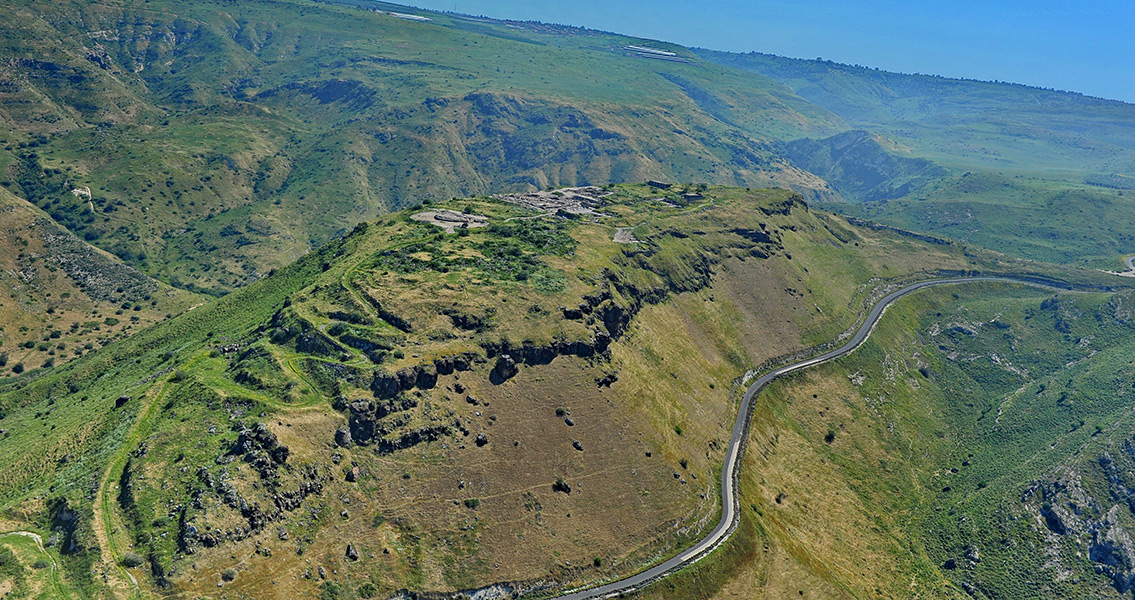<![CDATA[A Roman bathhouse and theater have been found in the ancient city of Hippos-Sussita, according to the group of Israeli archaeologists that have been investigating the site. Over the last two years, a team of researchers from the University of Haifa has been uncovering finding after astonishing finding on the outskirts of the city, just past the city walls, according to a recent article in Sci-News. The unexpected finds include a bronze mask of the Greek god Pan in 2015. The following year, the monumental gate where the mask was likely placed was also discovered. Together, these findings led the researchers to posit that the gate was the entryway to a large compound, possibly for the worship of either Pan or Dionyusus, as the two deities were often intertwined. Dr. Michael Eisenberg, the head of the Hippos Excavation Project, says that the gate and mask indicated some sort of large public sanctuary space – and the new discoveries of a theater and public bathhouse reinforce these ideas; nature gods such as Pan and Dionysus are associated with both activities, he explained. While only a small part of the bathhouse has so far been exposed, Eisenberg and his fellow researchers were able to pinpoint its location with relative ease. Meanwhile, a basalt depression covered by a massive layer of debris was classified as the likely site of the theater. Several days of excavation revealed nearly definitive proof of the existence of the theater. A vaulted corridor was discovered which would have served as a passage for audience members to reach their seats, while another passageway was delineated by a semicircular wall that divided upper and lower seat blocks. An additional excavation also found the foundations of what would have been several rows of seats, long since vanished or destroyed by the ravages of time. Founded sometime after 200 BCE after the Ptolemies were overthrown by the advancing Seleucids, Sussita would have been known as the Greek city of Antiochia-Hippos. From the Roman period, Hippos would have been a place of much importance in the Golan Heights – one of the 10 Greek cities known as the Decapolis that were established in 63 BCE in the wake of the Roman conquest of the region. The monumental gate, however, is not nearly as old. Instead, it has been dated to the early second century CE, and this is likely the date of the theater’s construction as well, Eisenberg stated. The new finds change the modern understanding of Hippos and the surrounding area, the archaeologist added, remarking that the public bathhouse and the massive theater might have been the site of thousands of visitors. The theater would not have only put on tragedies and comedies, but would have been a prime location to participate in the veneration of either Pan or Dionysus, providing opportunities to watch and listen to priests commune with the gods. ]]>
Roman Bathhouse and Theater Discovered at Hippos-Sussita
